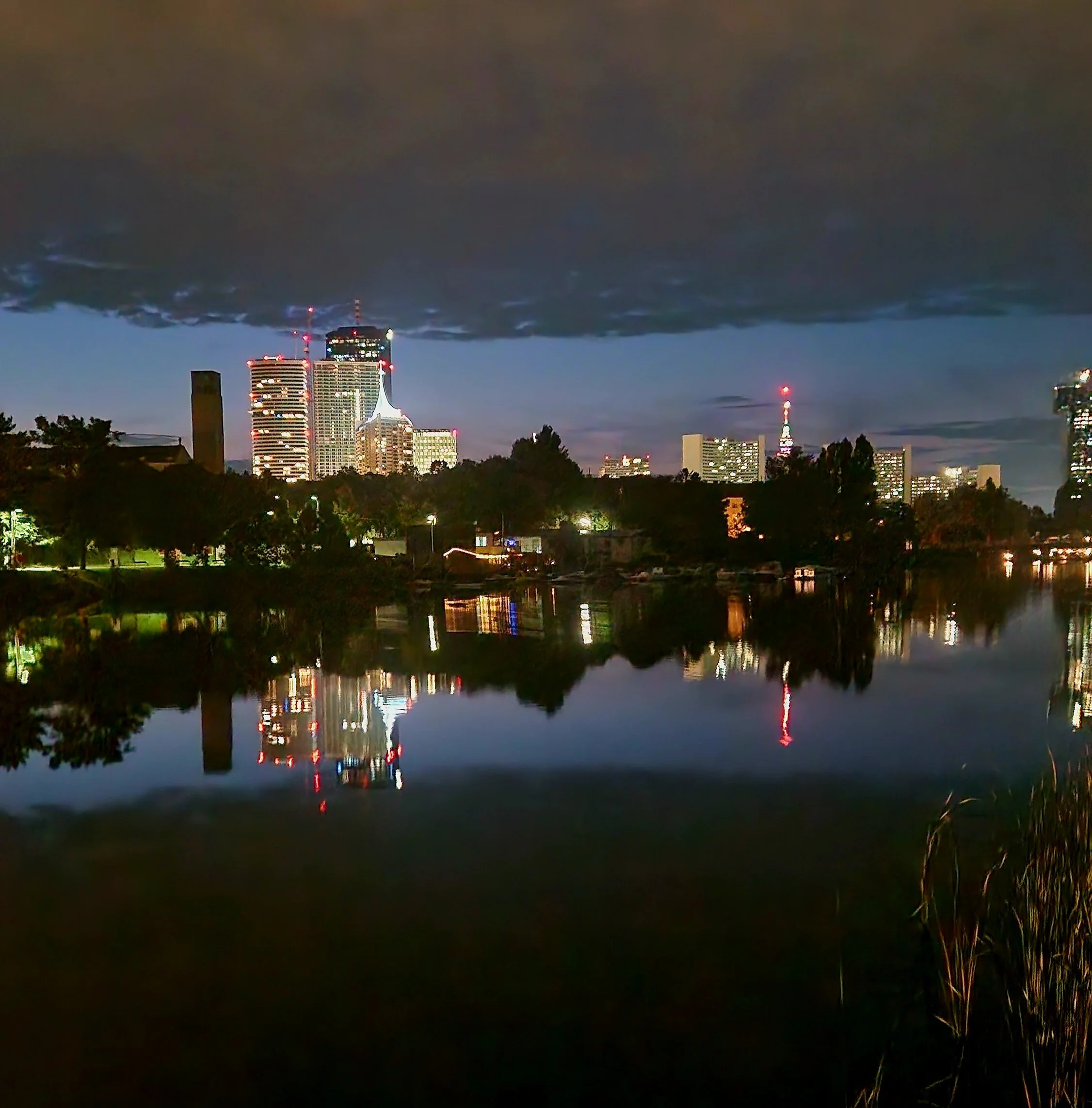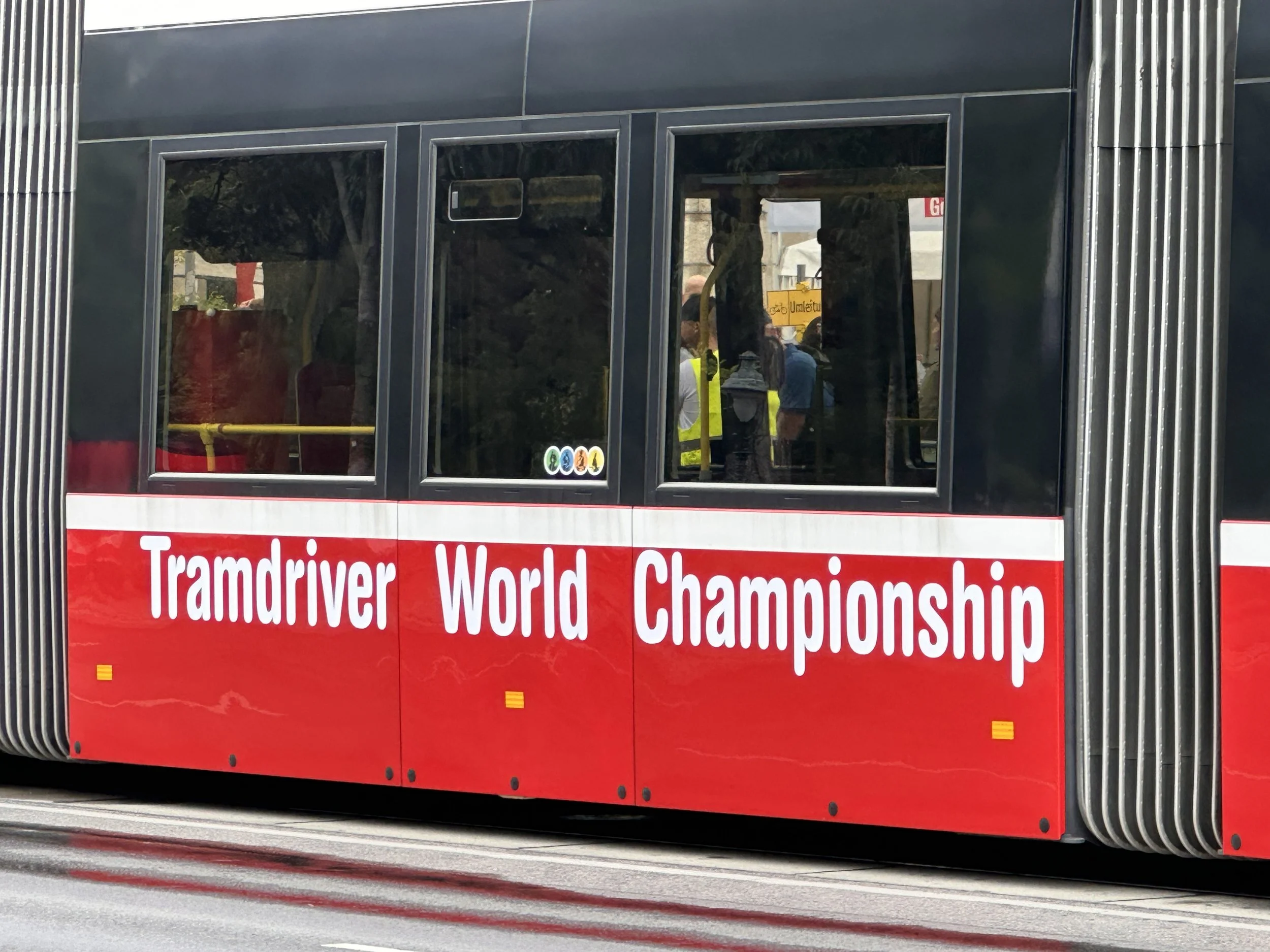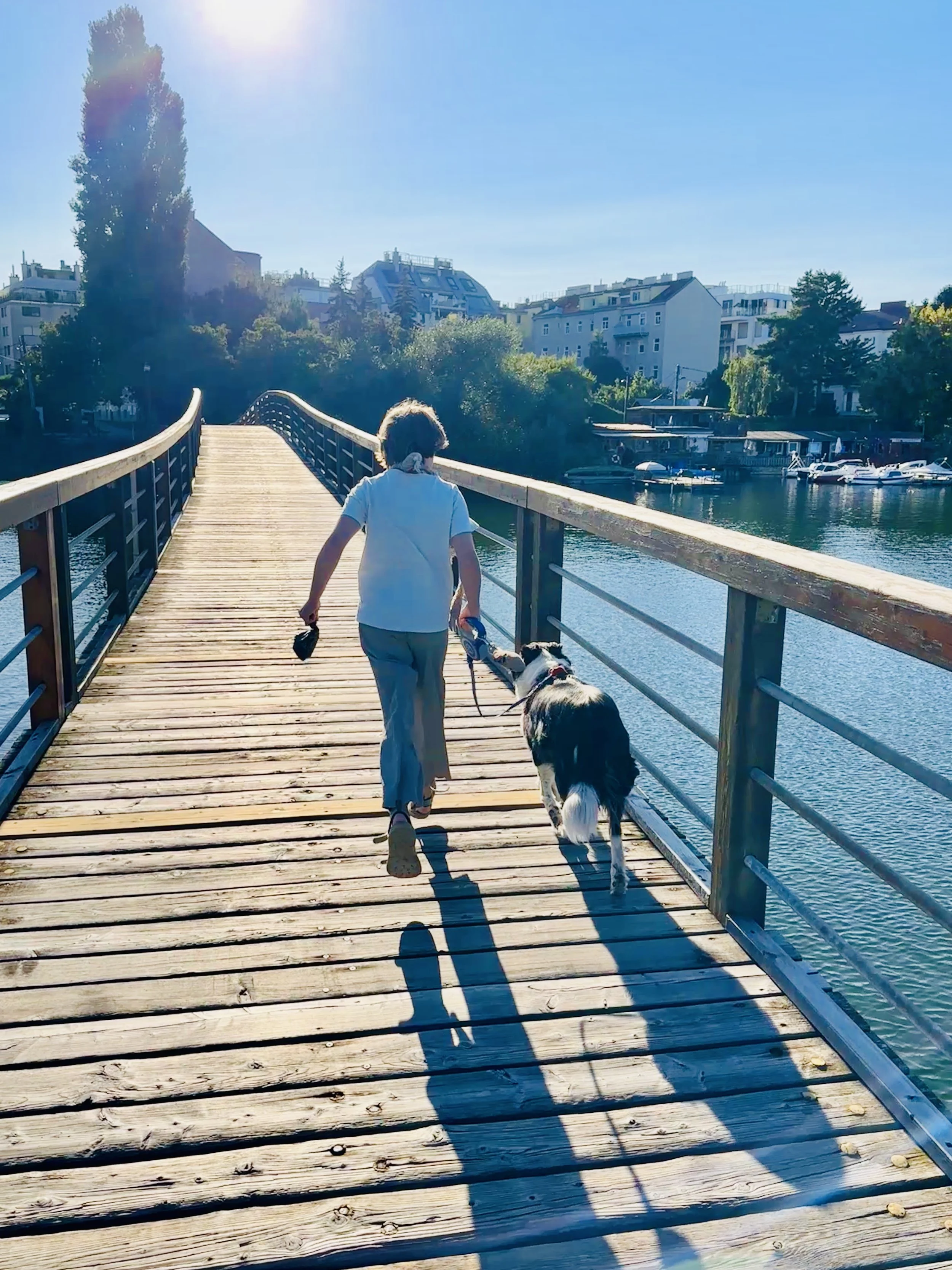
Vienna, Austria
It was a long drive to Vienna. A long and wet drive, as it was pouring down for 8 hours straight. For a change, we didn’t book an apartment via Airbnb, as my brother was kind enough to allow us to stay in his and his missus’ flat while they were on holiday with their kids. A shame we missed them by just a couple of days, but we thankfully accepted their offer and stood in their apartment for our time in Austria’s capital. We’ve been to Vienna before, but always only for less than a handful of days and we hadn’t really seen a lot of this beautiful city. Vienna constantly ranks amongst the top places to live and the next few days gave us a decent impression why that is the case.
Not only my brother and his family live in Vienna, but also my aunt and uncle, with whom we spent some lovely hours over the next few days and also on our first full day in the city. Even though they do live in the city, it doesn’t quite feel that way, as you cross the Danube and get to a peninsula between the Danube and the Old Danube, which is packed with smaller houses that many residents of Vienna use as their summer locations (https://maps.app.goo.gl/CUETKeVsT1gYJycN9). Only few people live there all year, but being close to the water and just outside of the city center, it really feels like a holiday location. We actually went swimming and enjoyed a great day with my aunt and uncle, where we also stayed for dinner. And the invitation for dinner was something that we gladly accepted on most of our evenings in Vienna :D.
On our second day, we spent almost 4 hours in the WienMuseum (https://www.wienmuseum.at/en) and if it was up to our daughter, we probably would have spent even more time there. As the name suggests, the museum is centered around the history, from its early days up to the present, of Vienna. It includes art, everyday objects, architectural models and many artefacts, telling the story how Vienna developed over the centuries. Having read a lot about the history of the Balkan countries we travelled to, and in particular about the period that fell under the Ottoman Empire, I found the artefacts from the Turkish Sieges from 1529 & 1683 very interesting. While the Ottomans tried to conquer Vienna twice, they never succeeded. Thus, Vienna remained a major political center of the Holy Roman Empire throughout the 15th and 16th century and flourished, politically, socially and culturally, after the Ottoman threat receded. Obviously, the collection of the museum covers artefacts and anecdotes from way earlier than that, given that Vienna already played a role when the Romans established “Vindobona”, a military camp on the Danube frontier, which protected the northern border of the empire. The “WienMuseum” really gives a great overview over the impressive development that the city took over the centuries. After our visit to the museum, we wandered over the “Naschmarkt”, The “Naschmarkt” is Vienna’s biggest open air market and a cultural institution in the city. While the name already suggests that you get a great variety of food (“naschen” means “to snack” in English) the name actually has a different origin. Already in the 16th century, the area was called “Aschenmarkt” (“Asche” means “coal” in English) as milk was sold in bottles made of ash wood. Only in 1820 there was the first written evidence of the name “Naschmarkt”. Nowadays, over 120 restaurants and food stalls serve a great variety of food options. The perfect place for us to find a quick lunch. In the afternoon, we went back to my aunt’s and uncle’s place for a nice BBQ and another quick jump in the Danube!
On Saturday, we went into town for an event we didn’t even know existed: The World Championships of the Tram Drivers. The area around the “Rathaus” was packed with thousands of people who observed tram drivers from over 20 countries to compete in a variety of skill-based and fun based challenges that would test precision, speed, control and teamwork. The city made a whole festival out of the event and we spent a good couple of hours in the area and the kids enjoyed some cotton candy. We took a nice walk through parts of the city afterwards along the “Stephans Dom”, but since it was a Saturday and the area was really packed, we decided to come back during the week to take a longer look at it.
On Sunday, we decided to split up and while Sarah and Leni went to the Mumok art museum (https://www.mumok.at/en/), Oskar and myself enjoyed a different set of local culture and went to a Rapid Wien game (https://www.skrapid.at/). Already, prior to our journey we had said that we wanted to check out the one or the other game of football, predominantly on other continents, but since the opportunity was there, we enjoyed a very decent home game of Rapid and watched their 4 - 1 victory over WSG Tirol. A really enjoyable afternoon. Sarah and Leni had a great time enjoying contemporary art. I’m always amazed by Leni’s receptivity, in particular when it comes to art museums. When I’m at a point, after several hours of looking at art, when my brain simply can’t take on any additional information, Leni has just warmed up. It’s a skill I really envy, and I wish she continues to be that eager to pick up new information. The morning of the day was already busy with homework for the kids so a nice afternoon activity and some quality time with one of their parents made up for the efforts of the morning! In the early evening, we were spoiled once more with hamburgers from aunt and uncle… a really enjoyable day for all of us!
On the following day, we discovered something entirely new to us, an area we had a completely incorrect picture of: The “Prater”, or “Wurstlprater” as it’s been called, originally. We thought there was an old traditional ferris wheel and a few smaller attraction stalls, but when we arrived, we realised we were very wrong. The massive area covers an entire amusement park with tons of rollercoasters and other stomach-cramp inducing attractions! What a pleasant surprise, especially for our kids. The prayer is an institution in Vienna. It was first mentioned in 1825, but for the World Exhibition in 1873, the area was expanded and the name was officially changed to “Volksprater”. The big ferris wheel, which is a landmark in Vienna today, was built in 1896/97 and might be the most prominent of the attractions, but today, you’d find a variety of different rides and easily 10 to 15 different rollercoasters and the same amount of flatrides. While some sources call it the oldest amusement park in the world, the Dyrehavsbakken in Copenhagen was actually founded 200 years earlier. Still, the 2nd oldest amusement park in the world is a fairly impressive title. Regardless of that, we really enjoyed our time at the prater!
The last day in Vienna started underground, as we went to the catacombs of the St. Stephens Cathedral. Well, that was after my son got a desperately needed haircut from my brother’s trusted hairdresser of choice! St. Stephens Cathedral is nothing short of impressive. The groundbreaking took place in 1137 and this monumental piece of Romanesque and Gothic architecture was completed in 1578. The “Pummerin”, the largest bell in this massive cathedral, is the third largest swinging bell in Europe at an impressive weight of over 22 tons. It’s only being used on special occasions and in order to minimize the vibrations of the supporting structure, the bell’s electrical swinging mechanism has been carefully controlled by a computer since 2003. While there are tons of impressive facts about this church for anything that happens above the ground, we decided to take a tour of the catacombs, which is probably just as impressive. The catacombs are still used as a graveyard today and also contain the organs of many of the Habsburg rulers. Well, at least some of their organs… because many of them wanted to be buried in multiple churches in Vienna, and thus, their bodies were separated. Still, around 60 organs of the Habsburg rules are still kept in the catacombs, in copper urns, conserved in alcohol, and as some of the urns are leaking, newer urns were used to store the older urns. Sounds a bit weird, doesn't it? It gets weirder…From the 18th century, the catacombs were used as burial site for ordinary Viennese citizens, so some of the underground chambers are stacked with skulls and bones. Up to 11.000 people were buried here and their bones are neatly stacked like firewood. And you can take a look into most of the chambers… Quite an interesting way to start your day.. In the afternoon, we said “au revoir” to my aunt and uncle, who were ever so hospitable over our days in Vienna.
Vienna was pretty much the last stop of the first leg of our journey. 73 days ago, we left Baden Baden for Emmendingen and Freiburg, which was our first stop prior to Lake Constance. Tomorrow, we will leave Vienna for Leipzig, where we need to tackle a few last beaurocratic hurdles before going back to Baden Baden. We’ll also squeeze in a visit to my mum in Frankfurt, from where we will depart to the next leg… Indonesia!





















